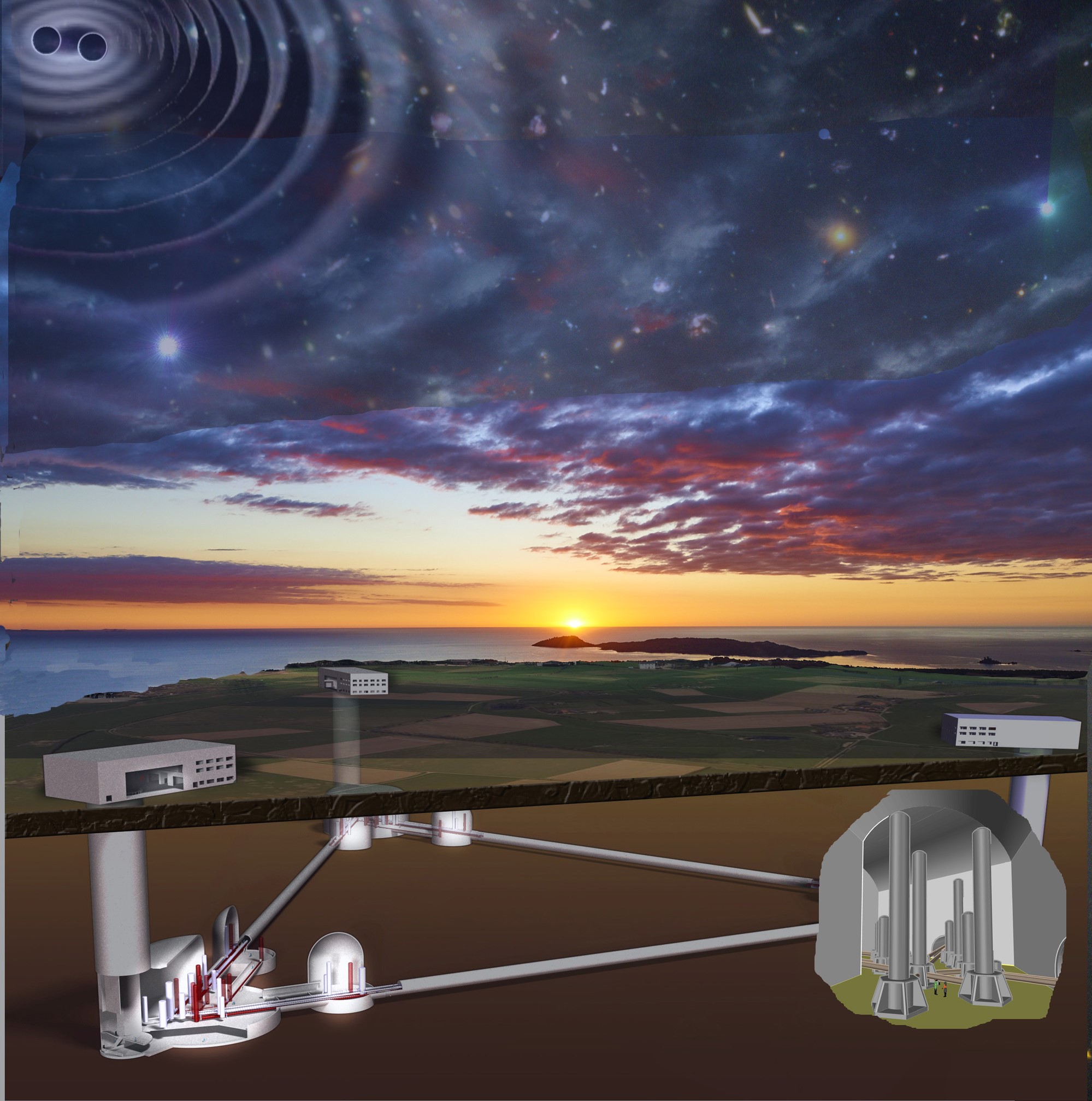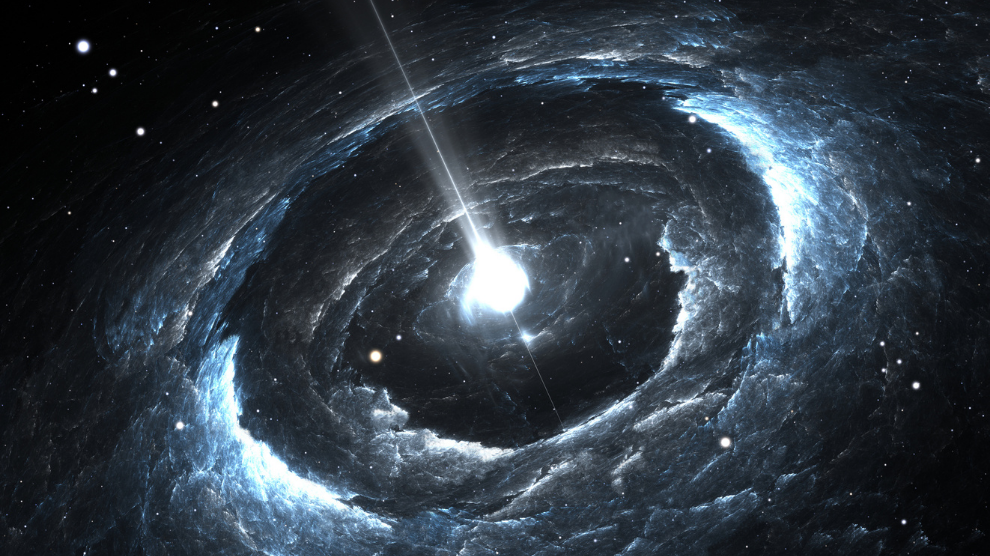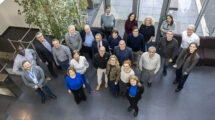Italy has formalised the proposal to build the Einstein Telescope (ET) in Sardinia, the third generation pioneering observatory for gravitational waves that will considerably contribute to improve our knowledge of the universe.
Words: Maddalena Vario, GARR
The candidacy involves the main national institutions in the field of research such as the National Institute of Nuclear Physics (Infn, coordinator of the project together with the Dutch Nikhef, National Institute of Subatomic Physics), the National Institute of Astrophysics (Inaf) and the National Institute of Geophysics and Volcanology (Ingv). The Region of Sardinia, as well as the universities of Sassari and Cagliari have expressed their strong motivation to install this innovative infrastructure.
Sardinia has a site with exceptional technical characteristics and the construction of the Sar-Grav underground laboratory in Lula, hosting the INFN-funded Archimedes experiment, is a demonstration of this. Sardinia also hosts the Sardinia Radio Telescope, one of the largest and most advanced European radio telescopes. Thanks to its presence, the region is playing a leading role in astrophysics and space research. A recent agreement with NASA and is showing the territory’s ability to host a large research infrastructure. In this context, the financing from the region of €1 million to the GARR network, which already connects the Sardinia Radio Telescope with fibre, represents the first step to bring connectivity to the Sar-Grav laboratory. Other interventions will follow to extend the GARR fibre infrastructure to all the actors involved with the support of the Region. The goal is to provide a high-speed connection between Sardinia and the international scientific community and to ensure that the data collected by ET can travel in real-time to the most important international computing centres through the pan-European network GÉANT.

The 40-year experience of Italy in the study of gravitational waves developed within the Infn, also supports the candidacy. The Italian school has its roots in Edoardo Amaldi, a pupil of Enrico Fermi, one of the founding fathers of CERN, of which he was the first General Director. Italy also was the birthplace of the fathers of scientific research in this sector, Adalberto Giazotto and Fulvio Ricci, and it hosts a world-renowned school on gravitational waves at the Gran Sasso Science Institute (GSSI).
The international coordinator of the project for the realisation of ET is Michele Punturo of INFN and many other Italian researchers have made an exceptional contribution to multi-message astronomy: among these, Professor Eugenio Coccia, rector of the GSSI and the researcher Marica Branchesi, recognised among the top ten scientists in 2018 according to the journal Nature. Not to mention the important results achieved by the Virgo experiment, funded by the National Institute of Nuclear Physics, which opened the doors to multi-message astronomy and revolutionised our understanding of the universe.
The Italian candidacy will compete with another European site, the Euregio Meuse-Reno, on the borders of Belgium, Germany and the Netherlands. The decision on the future location of the Einstein Telescope will be made within the next five years. Beyond the scientific prestige, the success of the Italian candidacy would transform Sardinia into one of the world capitals of astronomy, with important benefits not only at scientific level but also for infrastructural and related industries.
For further information: http://www.et-gw.eu/







